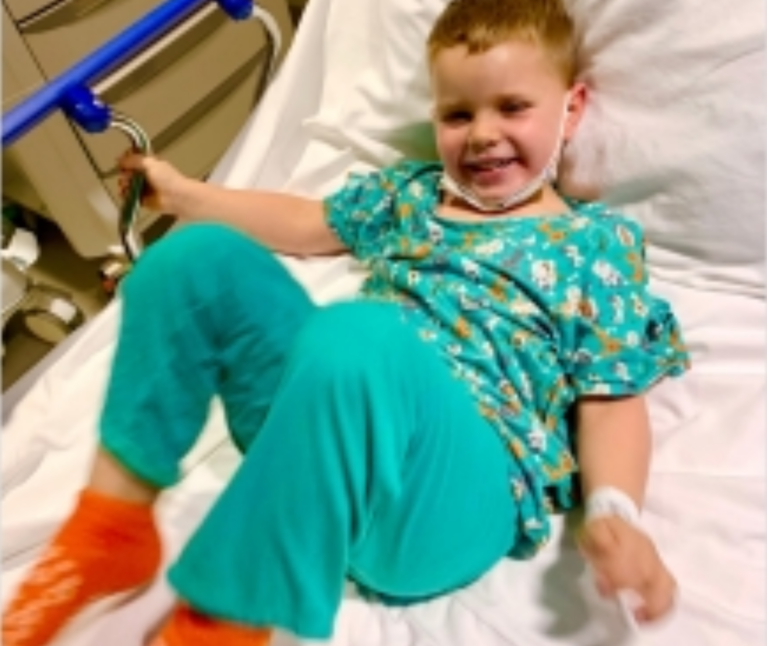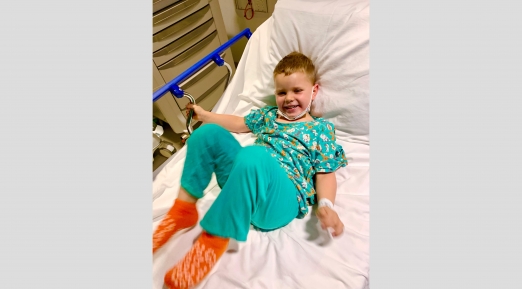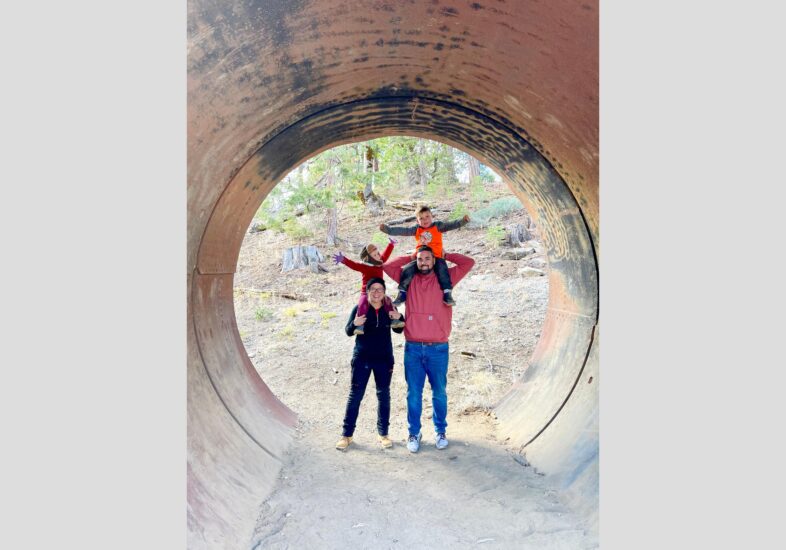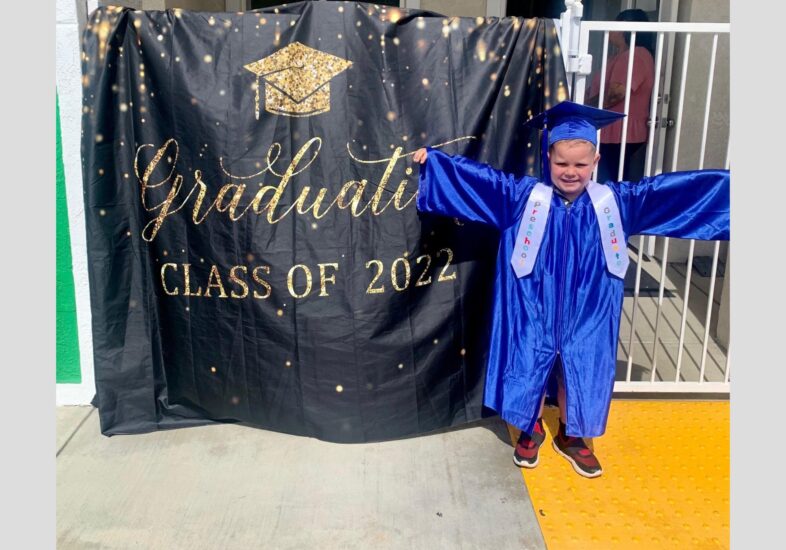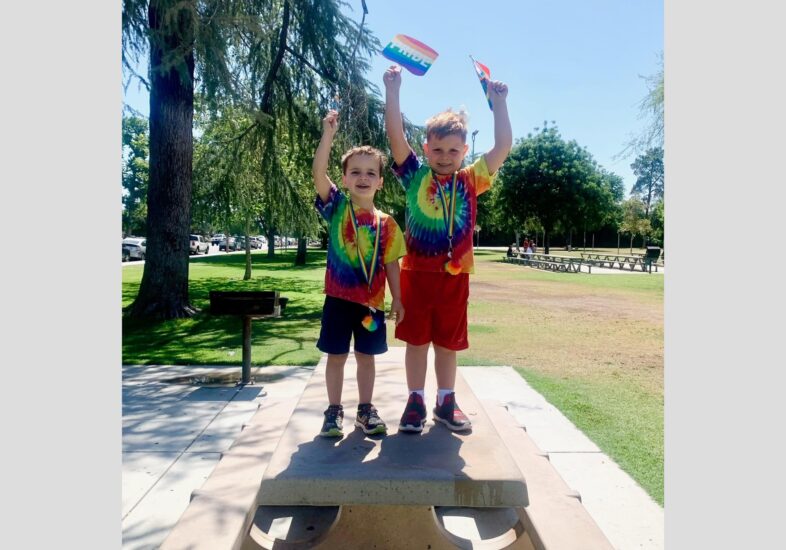During 4-year-old Carter’s very first T-ball game, he ran headlong into another child while trying to catch a ball.
He appeared fine, except for a large bump on his head, until the next day, when he threw up at lunchtime. Carter’s dad, Patrick, took him to their local emergency room, where Carter received a CT scan. The results were so shocking, Patrick felt like they came out of nowhere. The doctor said, ‘Well, there’s no concussion, but he has a brain tumor,’” Patrick remembers. “It was the scariest moment of our lives.”
Patrick and his wife, Katie, had many questions: Is he going to have a normal life? What are the long-lasting effects? Will he be able to play T-ball or ride a bike again?
Thankfully, both Katie and Patrick have relatives who are in the health care field.
“We called them, and my father said, ‘You’re taking him to Packard Children’s Hospital,’” Katie says.
Getting Carter back to play
The family met with Kelly Mahaney, MD, pediatric neurosurgeon and interim division chief of pediatric neurosurgery at Lucile Packard Children’s Hospital Stanford, to do some more tests and discuss next steps.
“Carter actually had an MRI that was much more extensive than what we have available to us in Bakersfield,” Katie says. “He had to be under anesthesia, so that was really scary, but at the same time, we were so comforted by Dr. Mahaney, every single nurse, every single tech, every doctor working at Packard Children’s Hospital. They all really have the same love for him—truly love for him—that we have.”
Carter had a choroid plexus papilloma—a rare kind of benign brain tumor that grows in the fluid space of the brain. Even though it was small, no one can predict how a tumor will behave, whether it will grow, and what kinds of problems it will cause, which is why Dr. Mahaney recommended surgery.
“The skull is a fixed cavity,” she explains. “And if there’s something else taking up room within the skull, that means less room for the brain. If it’s in an area where it’s blocking normal flow of brain and spinal fluid, it wouldn’t take much growth for it to block off the fluid space and cause a condition called hydrocephalus, which if left untreated is lethal.”
Dr. Mahaney operated on Carter and successfully removed the tumor. Carter hasn’t missed a step since the surgery, even playing his first season of flag football.
Grateful for luck—and you
Looking back, the family is so grateful that they trusted their gut and their medical care team.
“It’s just wild the way we discovered it,” Katie says. “The cases that we have read about, all of the kids had the same kind of symptoms, where they were stumbling or had terrible headaches. He never had any of those symptoms, and because we found his tumor in such a truly miraculous way, we’re very lucky.”
They are also deeply grateful for donors like you who support Packard Children’s Hospital. Your investment helps children like Carter and their families receive compassion, care, and community support during challenging times like these.
“Carter’s whole life has been a series of miracles,” Patrick says. “We are filled with humble gratitude that he is a healthy, happy 4-year-old because of the generosity of donors who allow life-saving work to be done by medical staff at Packard Children’s Hospital.”
Want to Help More Kids Like Carter?
Your gifts to the Children’s Fund ensure that families in our community and beyond have access to extraordinary care and the potential for brighter futures. To bring hope and health to our patients, visit supportLPCH.org.
This article originally appeared in the Fall 2022 Children’s Fund Update.
